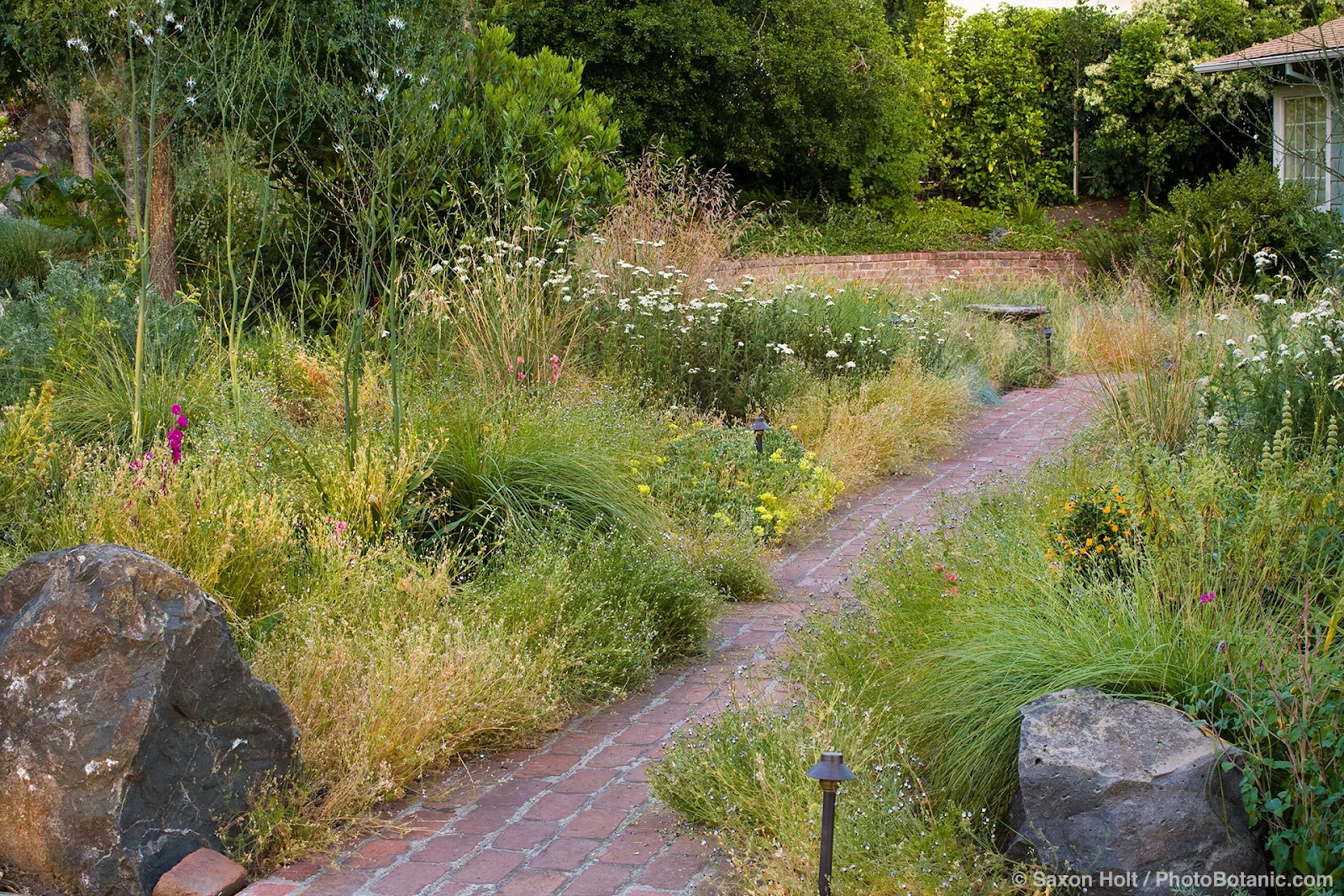For a villa development project, sustainable design requirements focus on creating a balance between environmental conservation, resource efficiency, and community well-being. Below are key considerations:
1. Site Planning & Land Use
- Low Impact Development: Minimize disturbance to the natural landscape by preserving existing topography, vegetation, and water bodies.
- Efficient Land Use: Plan for optimal building density to allow ample open spaces while maximizing land utility.
- Clustered Development: Group villas in clusters to reduce infrastructure costs and preserve natural habitats.
2. Water Management
- Rainwater Harvesting: Install systems to collect and store rainwater for non-potable uses like irrigation.
- Greywater Recycling: Treat and reuse greywater for landscape irrigation and flushing toilets.
- Stormwater Management: Implement permeable pavements, swales, and retention ponds to manage runoff and enhance groundwater recharge.
- Drought-Resistant Landscaping: Use native and drought-tolerant plants to reduce irrigation needs.
3. Energy Efficiency
- Solar Energy: Install solar panels on villa rooftops to generate renewable energy for the community.
- Passive Design: Design villas for natural ventilation, daylighting, and thermal comfort, reducing reliance on artificial heating and cooling.
- Energy-Efficient Appliances: Incorporate energy-efficient lighting, HVAC systems, and appliances to reduce energy consumption.
- Insulation: Use high-performance insulation materials to improve energy efficiency.
4. Sustainable Materials & Construction
- Eco-Friendly Materials: Use sustainable, locally sourced, and recycled materials in construction.
- Low-Impact Construction Practices: Minimize waste, pollution, and resource use during construction.
- Green Roofing & Walls: Implement green roofs and walls to enhance insulation, reduce heat island effect, and promote biodiversity.
5. Waste Management
- Recycling Facilities: Provide infrastructure for separating and recycling waste at the source.
- Composting: Set up community composting systems for organic waste from households and landscaping.
- Construction Waste Management: Develop a plan to recycle or reuse construction waste and debris.
6. Transportation
- Non-Motorized Transport: Design pedestrian and bicycle-friendly pathways to encourage walking and cycling.
- Electric Vehicle Infrastructure: Provide charging stations and dedicated parking for electric vehicles.
- Shared Transport Options: Consider including shared electric vehicles or shuttle services to reduce the carbon footprint.
7. Biodiversity & Landscaping
- Native Landscaping: Prioritize native plants and trees to support local ecosystems and reduce water usage.
- Wildlife Corridors: Create green spaces that connect habitats and promote biodiversity.
- Edible Gardens: Incorporate community gardens or orchards to promote local food production and community interaction.
8. Community & Social Sustainability
- Shared Spaces: Include community areas like parks, playgrounds, and common areas to foster social interaction and community engagement.
- Health & Wellness: Provide amenities like walking trails, fitness zones, and spaces for outdoor activities to encourage a healthy lifestyle.
- Education & Awareness: Offer programs or resources to educate residents on sustainable living and environmental stewardship.
9. Climate Resilience & Adaptation
- Resilient Infrastructure: Design buildings and infrastructure to withstand extreme weather events.
- Flood Prevention: Ensure effective stormwater management systems to prevent flooding.
- Emergency Preparedness: Incorporate emergency access routes and shelters for community safety during natural disasters.
10. Compliance & Certification
- Green Building Standards: Aim for certifications like LEED, IGBC, or GRIHA to ensure adherence to sustainability best practices.
- Local Regulations: Ensure that all designs meet or exceed local environmental and building regulations.
By implementing these sustainable design requirements, the villa development will be more resilient, environmentally friendly, and conducive to a high quality of life for residents.














